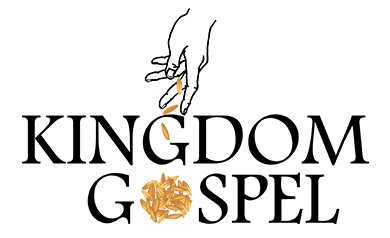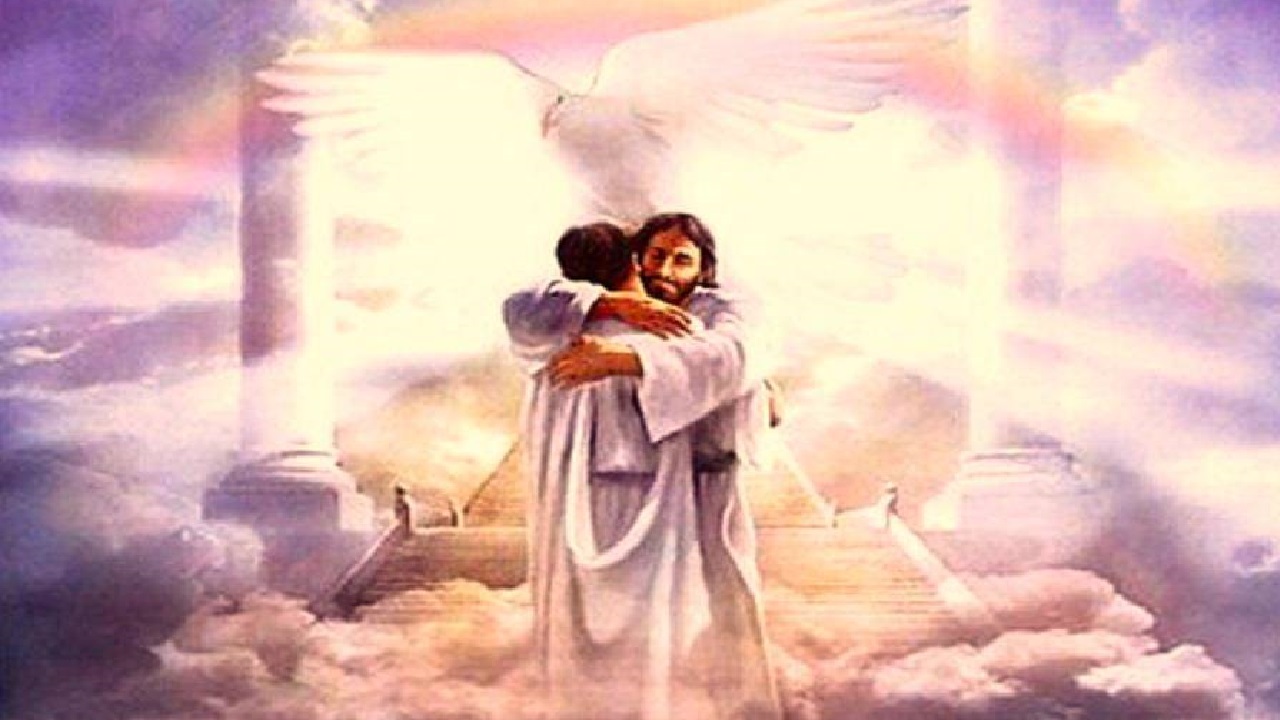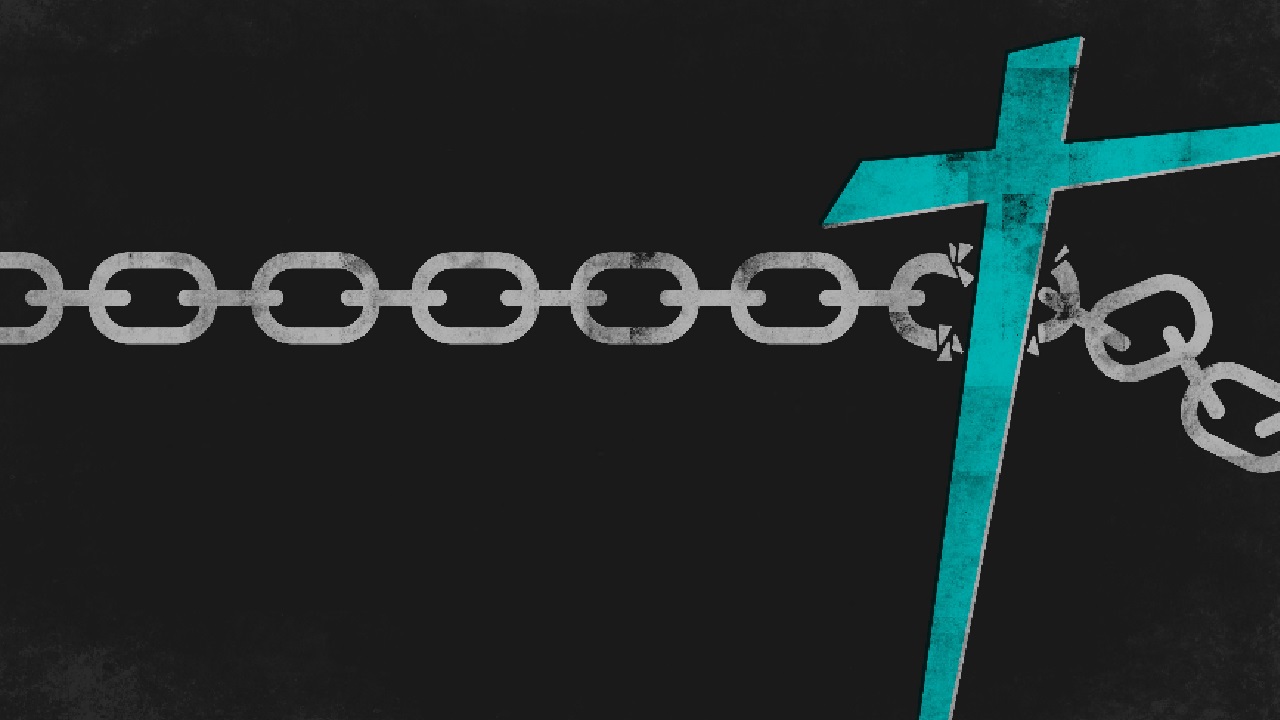Thompson, The Messiah Myth: The Near Eastern Roots of Jesus and David, pp 67-69.
Alone with the twelve, whom he had just spoken of sending out to the people, he gives them a role that was first played by Isaiah, who had seen the kingdom of heaven (Mk 4:10), with Yahweh sitting on his throne. He is terrified. He has seen the King, Yahweh of the Armies, and must die; for he is “a man of unclean lips, living in the middle of a people with unclean lips.” A seraph purifies his lips with a coal of fire and Isaiah’s sins are forgiven (Is 6:1, 5–7). Since he is now a worthy messenger, Yahweh sends him (Is 6:9–10) While the Isaiah story goes on to well-known themes such as exile, the surviving remnant and the dead stump becoming holy seed, Mark’s revision of Isaiah goes in a different direction and expands on the contrasting motifs of the unclean and holy. He plays ironically with the theme of understanding. Like Isaiah, who saw his divine King, the disciples have “the secret of the kingdom of God.” “For those outside, everything is in parables.” They are Isaiah’s generation with its unclean lips. They see and hear but are not allowed to perceive or understand “lest they repent and be forgiven.” Isaiah’s parable and riddle is what the disciples need to understand (Mk 4:11-13).
The text continues with more parables of the kingdom: the sower (Mk 4:14–20), the lamp (Mk 4:21–25), seed scattered (Mk 4:26–29) and the mustard seed (Mk 4:30–32). Everything is in parables, in riddles “according to the way they were able to hear it” (Mk 4:33). Mark returns to the theme of the disciples learning, contrasting with the people’s relentless lack of understanding. “He did not speak with them without a parable, but privately, to his own disciples, he explained everything” (Mk 4:34). The double chain of miracles begins, reiterating the signs of the kingdom and its dominion over creation: from power over the sea to feeding thousands and then over again. The theme of the kingdom is guided gently with an expanding leitmotif of understanding and not understanding. It began with Jesus’ needling tease of his disciples, to whom he had explained everything: “Why are you afraid; have you no faith?” (Mk 4:40). The first double chain closes with Jesus walking on water. Coming into the disciple’s boat, he controls the winds (Mk 6:51). The author’s ironic voice presents the disciples with their lack of understanding, played earlier by both Elijah’s generation and Pharaoh of the Exodus: “And they were utterly astounded; for they had not understood about the loaves; their hearts were hardened” (Mk 6:52; cf. Ex 6:30–7, 3!). The chain closes as Mark returns to the theme of the disciples. Jesus joins them in the boat a third time. Only a single loaf of bread remains.
The purpose of Mark’s reiteration is not to make Jesus a new Moses or a new Isaiah. Mark is not as interested in his figure of Jesus as in the disciples and their understanding. They bear the greater burden of the reiteration. Their lack of understanding and perception echoes the Bible’s never-ending story of ignorance in the face of enlightenment, a theme that continues into the story of the transfiguration and beyond. Only rarely and fleetingly—as in Peter’s confession that Jesus is the messiah (Mk 8:29)—does Mark allow the disciples to escape this dunce’s role in the course of their education.
One must wonder whether enlightenment is not in fact reserved to the generation of Mark’s readers. This dominating plea to understand the story as parable, which the metaphor of Isaiah’s generation supports (Is 6:9-10), goes far beyond a simple stereotyped debate between the right and wrong, the wise and the simple. Mark draws on a well-established symbol system to further a debate within Judaism that seeks to critically define its piety, its ethics and its values. In considering the theme of understanding or not understanding the parables about the kingdom, we need to notice that those who are given eyes to see and ears to hear are a special kind of people. In the real world, they can be rejected or ignored: children, the poor, the sick and unclean. If they cannot be ignored, they stand on the periphery of piety’s concerns: foreigners, strangers, even enemies.
This is interesting, and we must ask why it is so.




